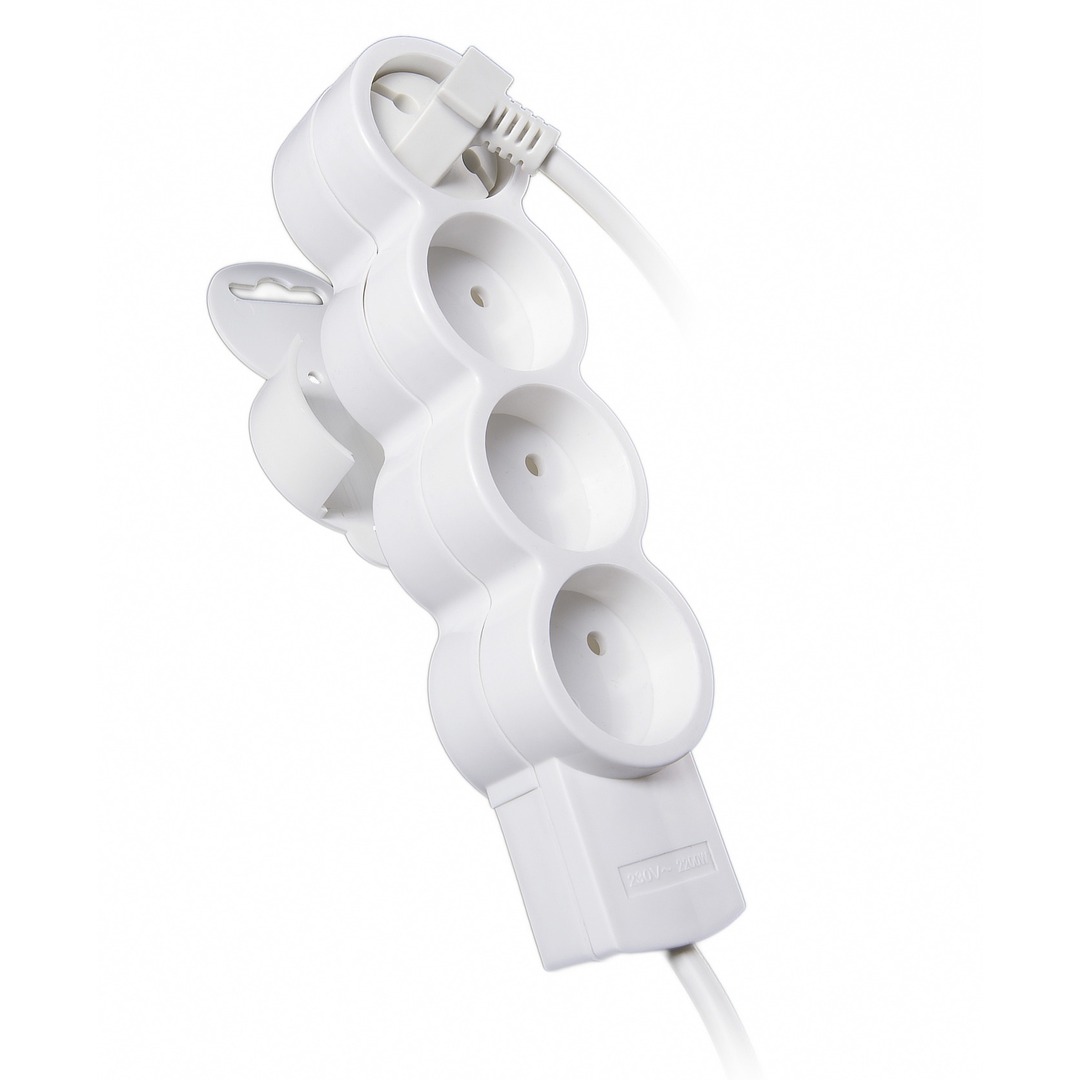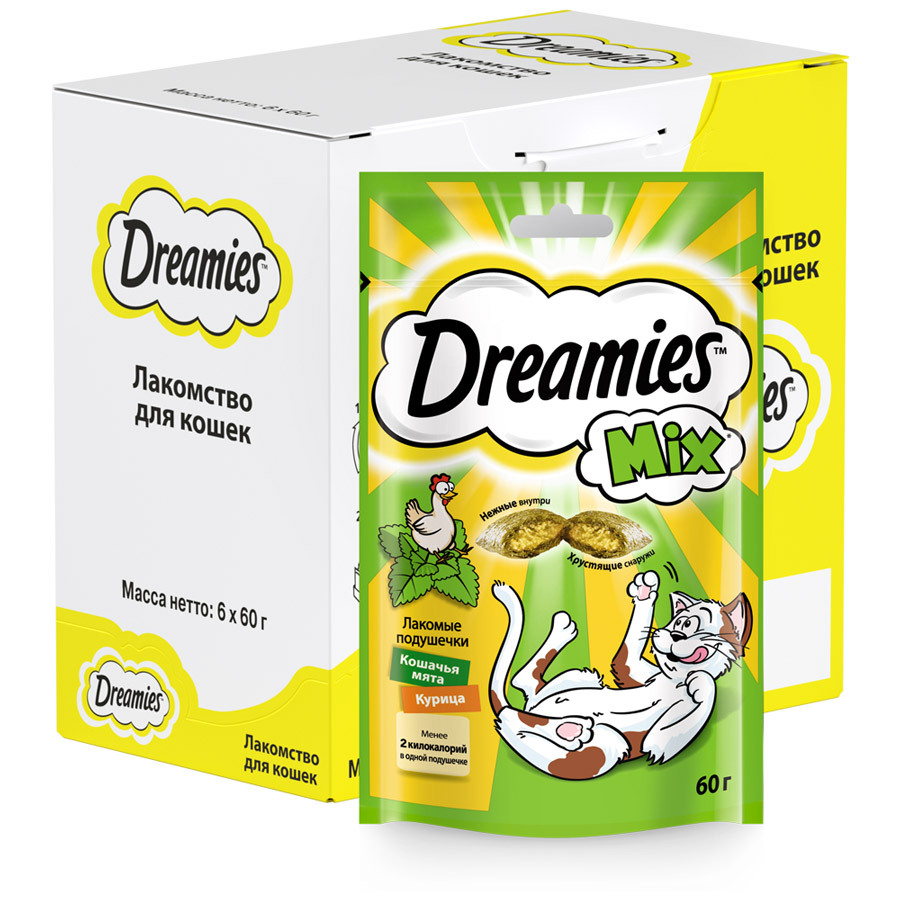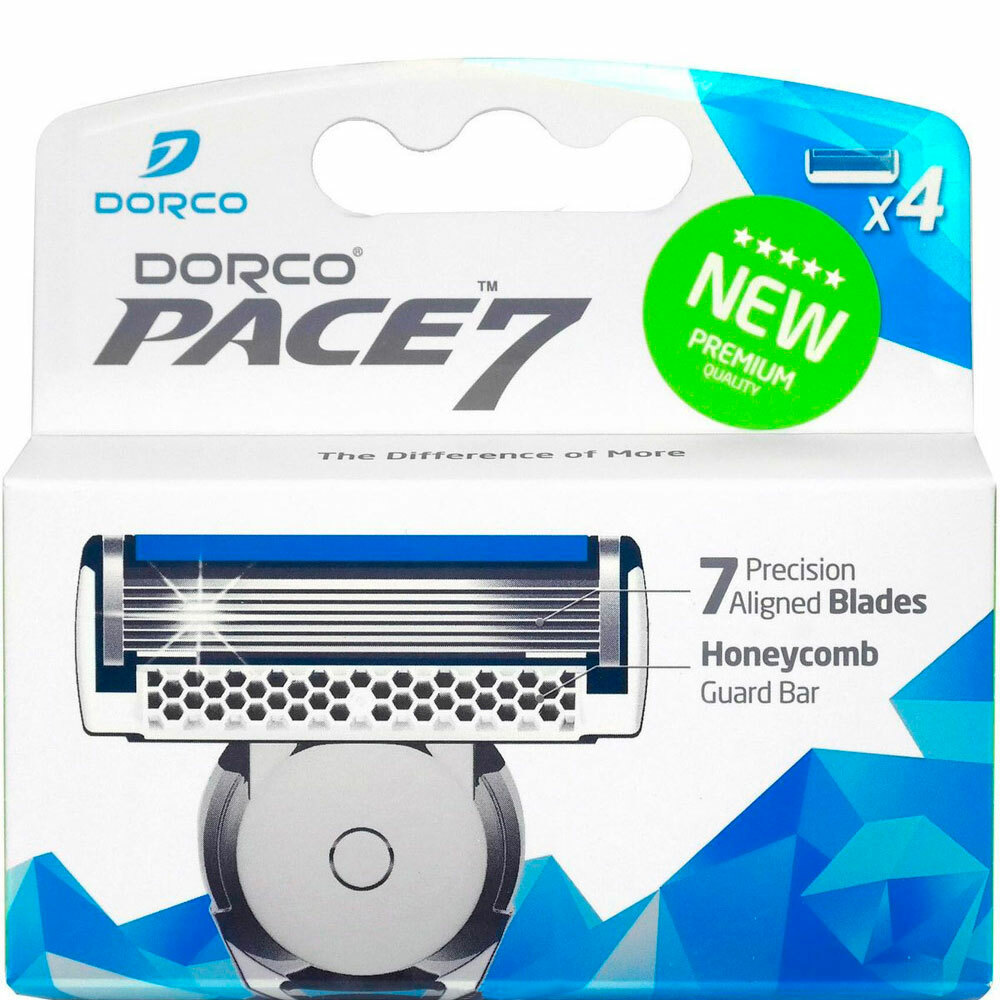
- Varieties of textile wallpaper
- Advantages and disadvantages of
- How to glue textile wallpaper?
- Care for textile wallpaper
Today many owners of private houses and apartments use textile textiles to create an exquisite interior, as they have a pleasant texture, create a feeling of coziness, comfort and warmth. Textile wallpaper is very expensive, and it should be understood that the gluing of this material must be done very carefully and correctly, as fixing the marriage with textiles will cost three times as much. Today we will tell you how to glue textile wallpaper, familiarize with the rules of their gluing and teach them to care for them.
to the table of contents ↑Textile wallpaper varieties
A wall covering made of fabric is an excellent option for small and small rooms that are not very crowded and are a bedroom or a rest room. Textile wallpaper has absolutely any texture, depending on the material used. The very structure of the wall covering is quite simple:
- A base made of non-woven or paper.
- A layer of fabric that goes over the base. It is the fabric that is the face of the wallpaper.
Depending on the fabric used, the coating can be of the following types:
- Linen. Face - linen fabric Wallpapers have high resistance before exposure to sunlight.
- Silk. Has the most "rich" appearance.
- Velor. Paper is used as a basis, and nap from nylon is seated on top.
- Felt. This type of coating helps to hide all unevenness on the walls, is resistant to mechanical influences. The wallpaper is safe for human health. Are made under individual orders.
- Jute. The wallpaper is resistant to sunlight, helps to hide various irregularities on the walls. Among the varieties of jute wall cover is worth mentioning wallpaper, designed for painting.
- Synthetic. Textile fabric is glued to foam rubber, which in its properties is distinguished by excellent heat and noise insulation.
On the surface of the wall coverings are:
- Multilayer.
- Smooth.
- Velvety.
The procedure for pasting wallpaper depends on both the type of substrate and the type of coating. Adhesive for fabric wallpaper is selected depending on the substrate.
to the contents ↑Advantages and disadvantages of
We'll tell you how to glue textile wallpaper below, but now I want to note the following advantages of this wall covering:
- Unsurpassed appearance.
- Excellent performance.
- Good heat and sound insulation.
- Resistance to abrasion and fading.
- Naturalness and environmental friendliness.
Textile coating cons:
- High price.
- Not suitable for wet cleaning and rubbing with brushes and sponges.
- Instantly absorb moisture and odors, so it is not recommended to use textiles for gluing walls in the bathroom or kitchen.
How to glue textile wallpaper?
Before starting the process, prepare the following tools and materials:
- Textile wallpaper.
- Adhesive for fabric wallpaper.
- Gypsum putty.
- Water-based paint.
- Sharp scissors.
- Rubber roller.
- Cut off soft fabric.
- Shortcut roller.
- Spatula.
- Detergent. Pencil and tape measure.
- Primer.
- Sandpaper( if necessary).
The process of pasting walls consists of several stages:
- Surface preparation( removing old paint, leveling walls, etc.)
- Cutting the wallpaper and marking the walls.
- Wallpaper gluing.
- Drying the coating.
Let's consider each stage in more detail.
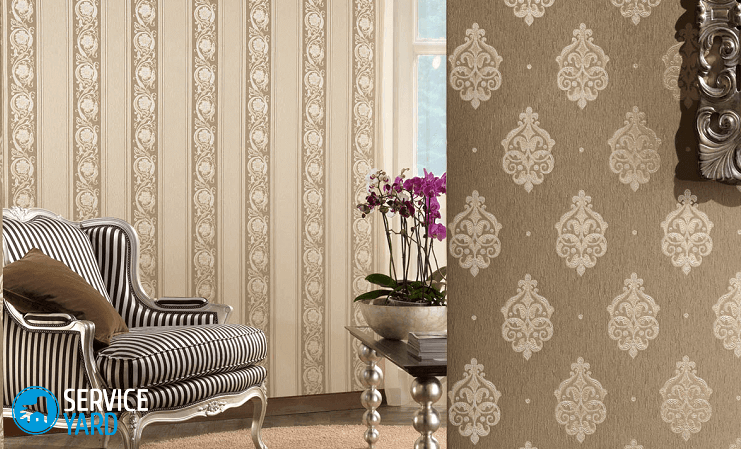
Wall Preparation
The preparation of the wall surface should be more thorough, as unlike the traditional coating, textile wallpaper is so finicky that it will not stick to an uneven wall. In addition, it is always visually "demonstrate" all the defects in the wall.
Important! The surface for gluing must be perfectly clean, smooth and dry.
To align the walls to the ideal condition, proceed as follows:
- Remove old wallpaper from the wall. Use a spatula and warm water for this purpose.
- Old paint, fiberglass also needs to be removed. If there was an enamel coating on the wall, then give it a roughness with trisodium phosphate.
- Clean the surface of walls with dust. Use detergent for this purpose.
- Scrub all the bulges from the walls with a spatula.
- Cracks and unevennesses.
- The surface is primed using a deep penetration solution.
Important! If the fabric cover has a light tone, then apply a light-colored primer to the wall, since the dark primer will gleam and ruin the color range.
- Wait until the walls dry and become firm, clean.
- Apply one layer of water-based paint to the surface of the wall or cover a wall with a pair of primer layers. This is necessary to ensure that the adhesion of the coating to the wall is most effective.
Important! Instead of a paint and a primer, you can use recycled linings. Substrate the substrate horizontally, otherwise its joints will be visible through the wallpaper.
Cutting the wallpaper
Before unpacking the rolls, check the conformity of the article, color, pattern with the sample that you chose originally.
Important! Remember, as soon as you open the roll, from this moment all responsibility for the material goes to you, and you can not return the roll or exchange it for a new one. Pay special attention to the direction of the nap on the fabric.
Open the wall covering according to the standard scheme:
- Measure the height of the wall.
- Add to allowances up to 5 cm.
- Cut the first sheet.
- Cut the second strip into the level with the first, aligning the pattern.
- On the back of each strip write a number in pencil, according to which it will be glued.
Important! Croita textiles with exceptionally sharp scissors.
After cutting the wallpaper, make a marking on the wall with a pencil and construction level. After that, attach the stripes to the wall, check if the pictures match.
Important! Markings on the surface of the wall and stripes of wallpaper do only a simple pencil, otherwise - on the textiles remain stains.
Application of adhesive
Depending on the basis of the wallpaper, the method of gluing is determined:
- If the coating is non-woven, the adhesive for the wallpaper is applied directly to the wall. So the wallpaper will be less dirty and will not deform after drying.
- If the substrate is paper, then the adhesive is applied to both the wallpaper and the wall.
Important! Since textile wallpaper requires a more scrupulous attitude, then use a special adhesive for textiles, which is of high quality and no dyes. You can also use vinyl adhesive, which has a low moisture content.
Rules for the use of adhesives for fabric wallpaper:
- Before applying the adhesive, carefully read the instructions for use - if necessary, dilute it.
- Apply glue to the back of the coating with a layer as specified in the instructions.
- Pay special attention to the edges of the cloths, pay attention to the fact that the glue does not appear on the front side.
- After applying the adhesive, allow time to soak it( 10-15 minutes).
- A strip of wallpaper at this time fold processed sides inside: one side by ⅔ length, and the second - by ⅓.As a result, the upper and lower edges will be connected to the joint.
- Then, without kinks, roll the canvas into a roll and leave it to impregnate.
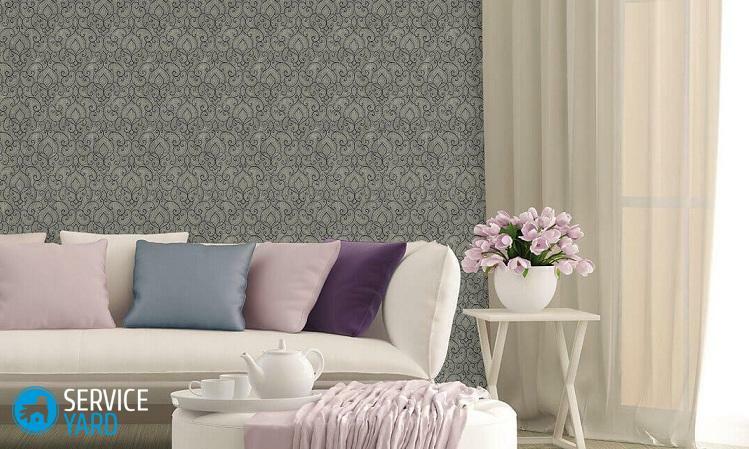
Adhesive process
Bonding the room start from the window:
- Move away from the window opening to the width of the strip and draw a vertical line with a pencil.
- Align the first sheet on the line.
- Back to the ceiling allowance 2,5-3 cm.
- Apply the first strip approximately in the middle of the wall and start gluing it.
- Rubber roller to smooth the canvas on the sides and up and down to remove excess air.
- Follow the same strip of wallpaper like. Stitch the stripes completely butt. To facilitate the gluing process, apply a vertical marking to the wall surface.
- Cut off the allowance left by the baseboard with a sharp knife.
Important! Smooth the textile wallpaper smoothly, easily pressing on the rubber roller. Do not use a rag or hand for this process.
Tips:
- If in the process of work on the front side of the coating has got glue, then clean the surface with a damp cloth( not wet).Remove dirt without rubbing. After cleaning, blot the area with a dry cloth.
- When attaching wallpaper, the temperature in the room should be from +18 to +25 degrees, and the humidity of air - 40%.Watch out for the humidity on the surface of the wall - it should be 8%.
- There is a possibility of pasting seamlessly. Use for this purpose seamless textile fabrics, which are glued not vertically, but horizontally. The width of some types of such materials reaches 3.1 m, and the length is 100 m.
Important! If you are interested in the question of how to glue textile wallpaper on a non-woven basis, then the process technology is the same as for a paper substrate, the only difference is that the adhesive is applied only to the wall. In this there is a positive side: the process speed increases, the wallpaper remains clean, does not stretch during drying.
Drying the wall covering
To make the fabric wallpaper completely dry, you need at least 24-48 hours. The exact time is indicated on the glue pack.
Important! The room should be closed all windows, doors, the air temperature should be constant, in no case there should be drafts.
to the table of contents ↑Care for the textile wallpaper
Care for beautiful fabric wallpaper should be carefully and carefully, following the following recommendations:
- Dust, dry dirt, vacuum or soft brush. Tissue wallpaper is designed only for dry cleaning.
- Remove small dirt with a damp cloth( not wet).You can use a non-concentrated soap solution or detergent. Remove any contaminants without excessive friction. After cleaning, wipe the area with a dry cloth.
- Special stain removers for textiles should be used only in extreme cases and only for cleaning serious contaminants in hard-to-reach places.
- Learn the packaging of wall coverings in order to learn about all the properties of wallpaper that they possess. Rare options include wet cleaning.
As you can see, in the gluing of textile wallpaper there is nothing difficult, although working with them is somewhat more painstaking. We hope that the above algorithm of actions and our recommendations helped you to cope with the task, and the luxurious, natural textiles will long please you with warmth and comfort.

